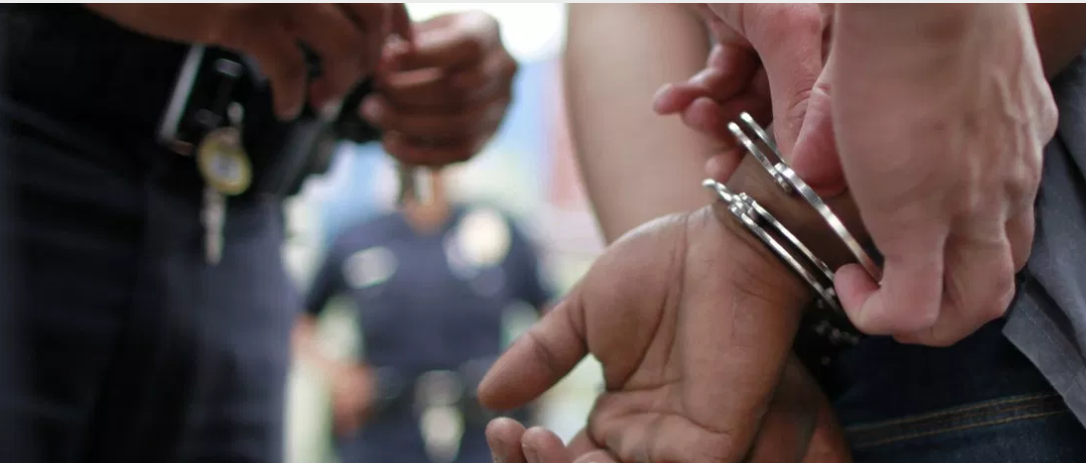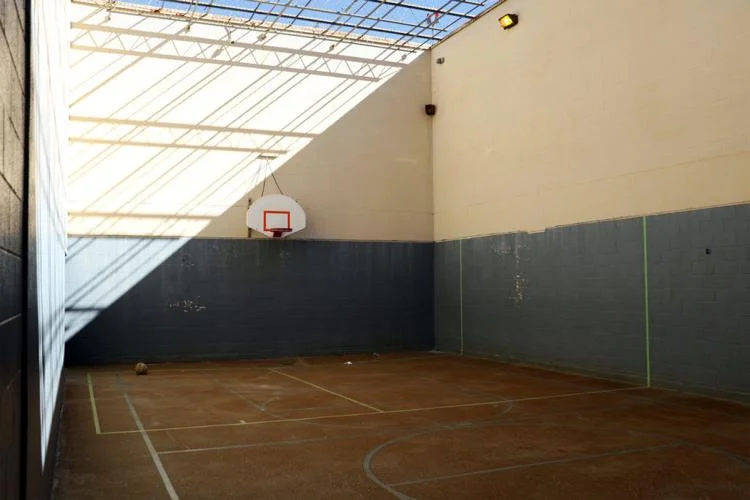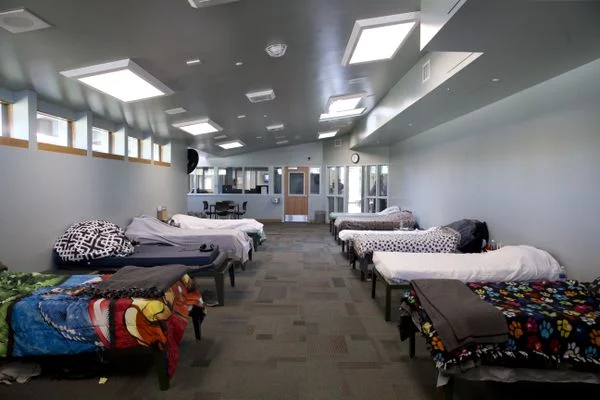San Francisco will close its juvenile hall by the end of 2021, a nearly unanimous decision made by the Board of Supervisors on Tuesday that ends the longtime practice of holding children in cells while they await their judicial fate.
Our Vision
The Michigan Juvenile Detention Association will continue to be a national leader in promoting and sustaining of exemplary juvenile detention, residential treatment, and community based services for youth and their families.
Our Mission
The Michigan Juvenile Detention Association is committed to the highest standard of professional ethics, overall excellence in the care and custody of youth, and the provision of services to their families.




















